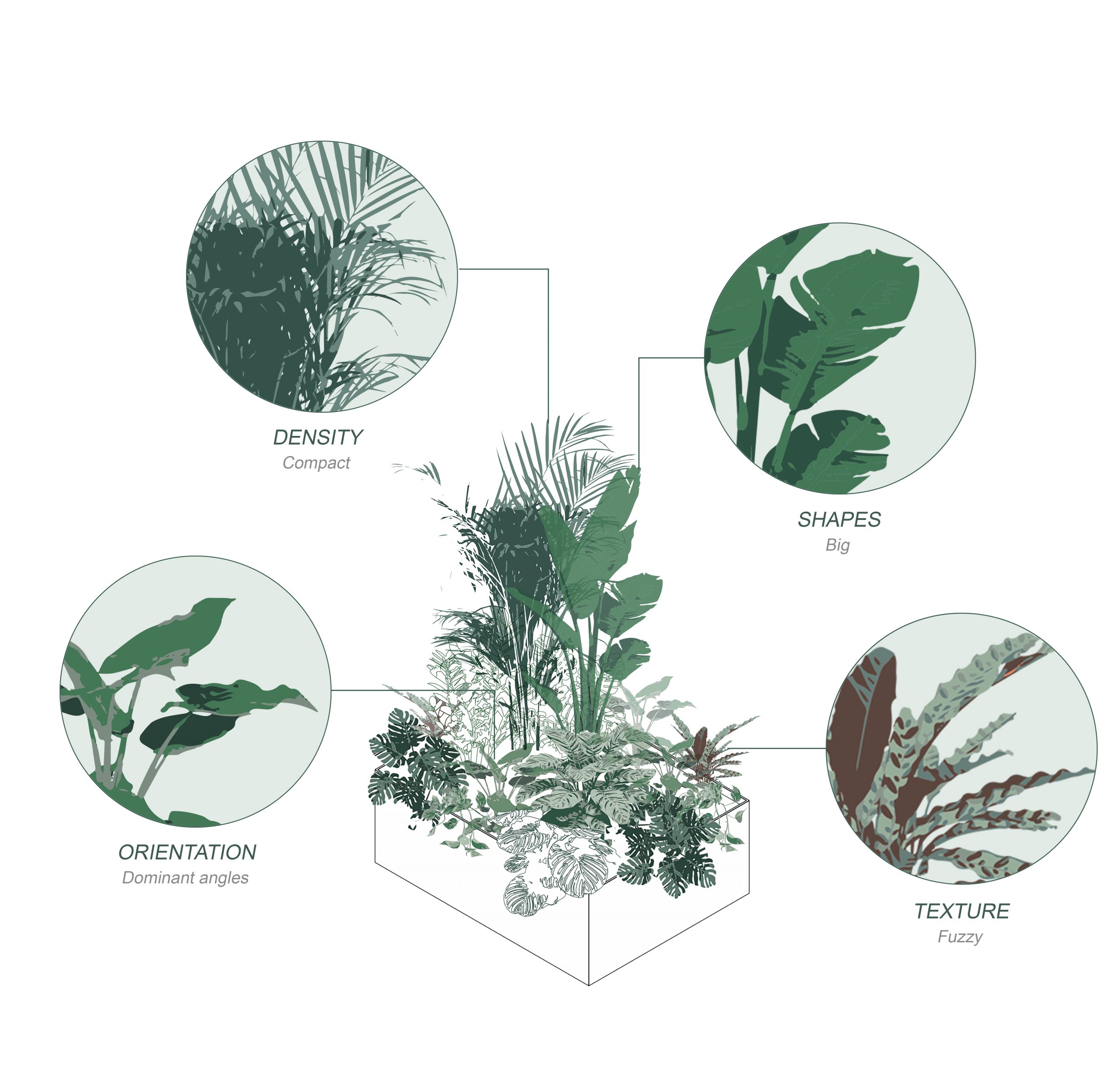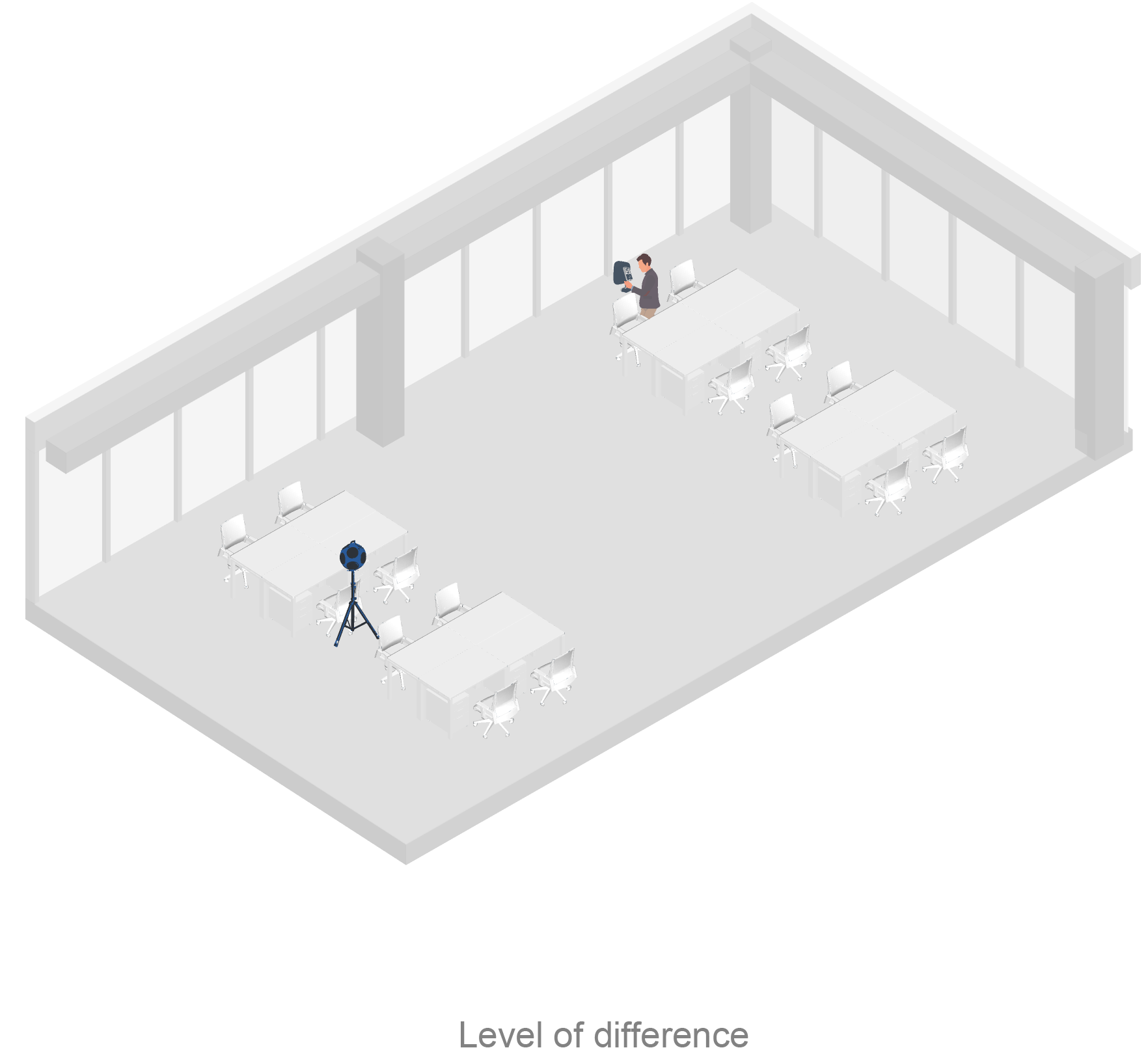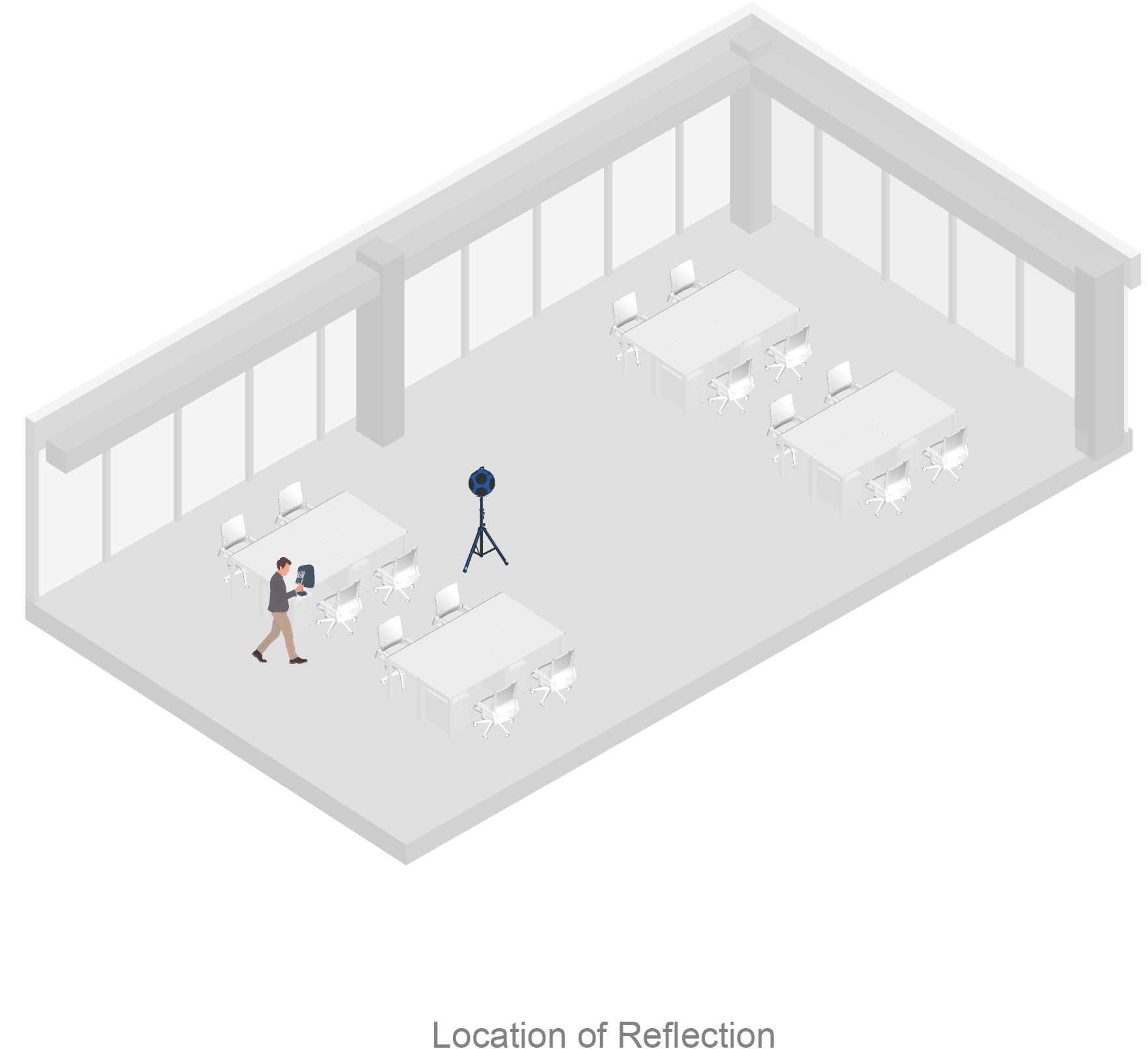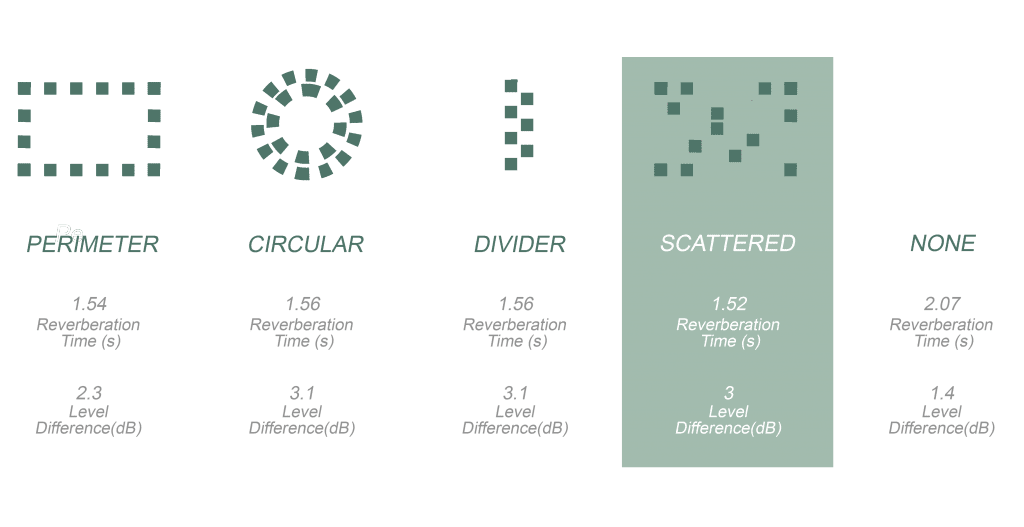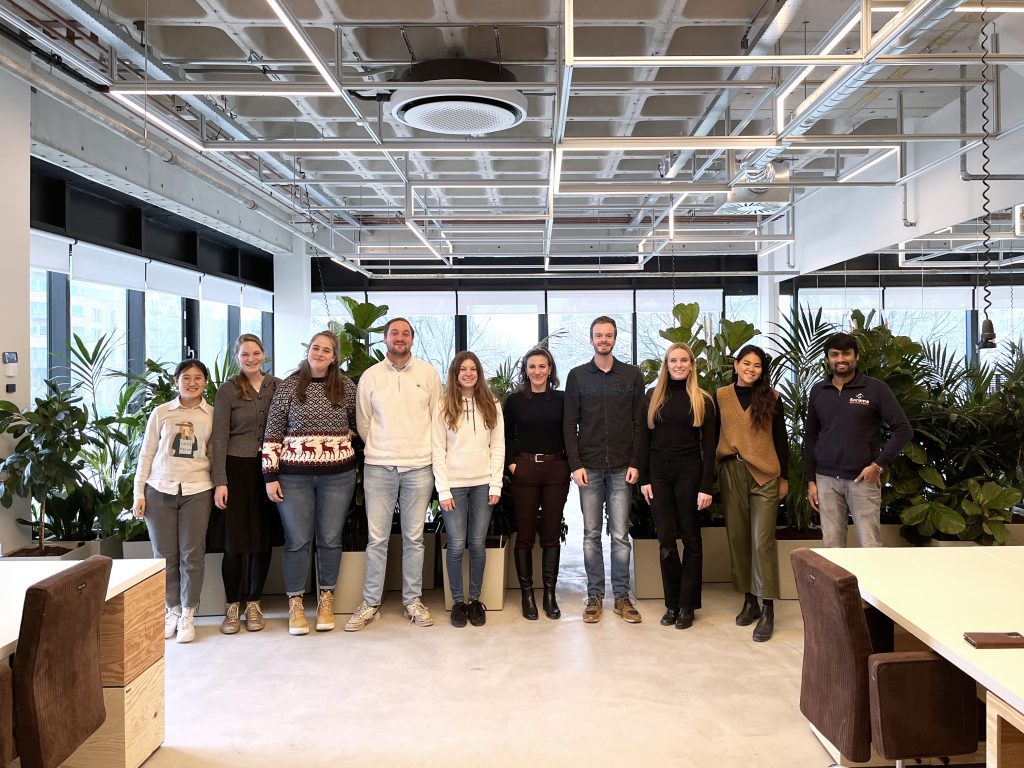MOSS LAB 2.0 was established to tackle one of the many challenges confronting post Covid-19 offices: noise! Since the pandemic, companies have embraced hybrid working, giving employees the flexibility to work remotely, while also creating a more seamless online platform for communication.
Although hybrid working opens doors to many opportunities, but when paired together with the up and coming open office plan layout, it can hinder employees’ concentration, productivity, and well-being due to excessive noise present in the office.



